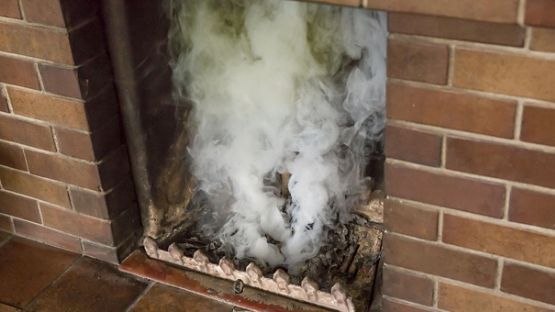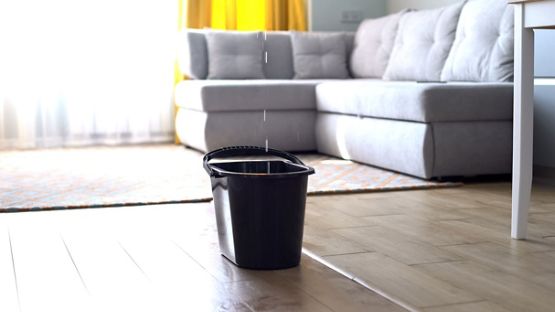Protect yourself from higher building replacement costs
In recent years, Canadians have become accustomed to higher prices on everything from groceries to housing to transportation.
However, it’s the construction industry that’s seen one of the sharpest cost increases. If you’ve done a home renovation, rebuild or new build since 2020, you’ve no doubt experienced sky-high material costs and difficulty finding available, affordable contractors. And it doesn’t look like there’s much relief in sight for building and repair costs.
Although Canada’s inflation has returned to the Bank of Canada’s target and interest rates have started to come down, the residential construction price indexes continue to climb at rates that exceed overall inflation, according to the Independent Contractors and Business Association (ICBA).
“While the earlier upward pressure on costs may have diminished, inflation in the construction sector is still more pronounced than in many other parts of the Canadian economy. Some segments of the construction industry continue to grapple with labour shortages and supply chain challenges,” wrote ICBA Chief Economist Jock Finlayson.
Statistics Canada reports that there has been a cumulative increase in residential building construction costs of more than 65% since mid-2020. These vary from a high of over 80% in the Greater Toronto Area, to 50% in Vancouver, and just over 40% in Montreal.
Causes of rising building costs
The key factors driving building cost inflation include:
- The construction industry facing a significant shortage of skilled labour, driving up wages and overall construction costs.
- Materials like lumber have experienced cost reductions, but others, such as concrete, glass, steel and equipment are expected to lead price increases through 2025.
- Efforts by governments to address housing shortages, including investments in affordable housing and infrastructure, will add to demand for labour and materials.
How do high prices in construction affect your homeowner’s insurance?
Even if you’re not planning to renovate your house anytime soon, ongoing inflation in the construction sector could have an impact on your home insurance. Here are a few of the ways it could affect you.
Higher insurance replacement cost
Insurance replacement cost is the amount it would take to rebuild your home using similar materials, design, and construction standards as the original. This cost includes labour, materials, and other expenses necessary to restore the property to its pre-loss condition, including demolition, debris removal, and site remediation. Unlike market value, which can fluctuate based on real estate trends, replacement cost is directly tied to the actual expenses of home construction.
This can further translate into impacts on your homeowner’s insurance, including:
- Higher home insurance premiums: As the cost to rebuild homes increases, insurance companies adjust their premiums to reflect these higher replacement costs. You may see significant increases in your home insurance premiums as insurers seek to cover the potential higher payouts in the event of a claim.
- Underinsurance risks: Many homeowners may find themselves underinsured if their policies have not been updated to reflect the current replacement costs. This means that in the event of a total loss, the insurance payout may not be sufficient to cover the full cost of rebuilding the home, leaving homeowners to cover the shortfall.
- Policy adjustments: Insurers may need to adjust home insurance policy limits and coverage options to account for the increased costs. This could include offering higher coverage limits or introducing new policy endorsements to ensure adequate protection.
- Increased claims costs: When an insurance claim is made, the payout required to rebuild or repair a home is now higher. This affects the overall financial stability of insurance companies and can lead to broader adjustments in the insurance market, including changes in underwriting practices and risk assessments.
How can you minimize the impact of rising construction costs on your home insurance coverage?
There are a few important things you can do to make sure your home has the right coverage to help protect yourself from high insurance replacement costs:
- Conduct regular insurance policy reviews: The kind of coverage and protection you need may change over time. An annual check-in with your insurance representative is a good idea to ensure that your coverage limits reflect current replacement costs of your home.
- Update home valuations: Home improvements or renovations can change the replacement cost of your home. Anytime you renovate or enhance your property or possessions, it’s a good idea to speak to your insurance representative to ensure you have adequate coverage that accurately reflects the replacement value.
- Understand insurance policy details: It’s important to familiarize yourself with the details of your insurance policies, including any exclusions or limitations that may affect your home coverage. Understanding the terms and conditions of your coverage can help you make informed decisions about insurance needs. Your insurance representative can walk you through it.
While the future of costs in the construction industry is unclear, being prepared as a homeowner with the right insurance coverage is your best bet to protect yourself against high prices.
Want to learn more about how to protect yourself from higher home and building replacement costs?
Aviva Risk Management Solutions has professional risk consultants across Canada to provide our customers with expert advice. Reach out to us at hnwarms.canada@aviva.com.
Sources:
Stats Canada - Research to Insights: Consumer price inflation, recent trends and analysis
ICBA The Independent - ICBA ECONOMICS: Construction Prices Still Rising Faster than Overall Inflation
Stats Canada - Building construction price indexes, by type of building and division, inactive













